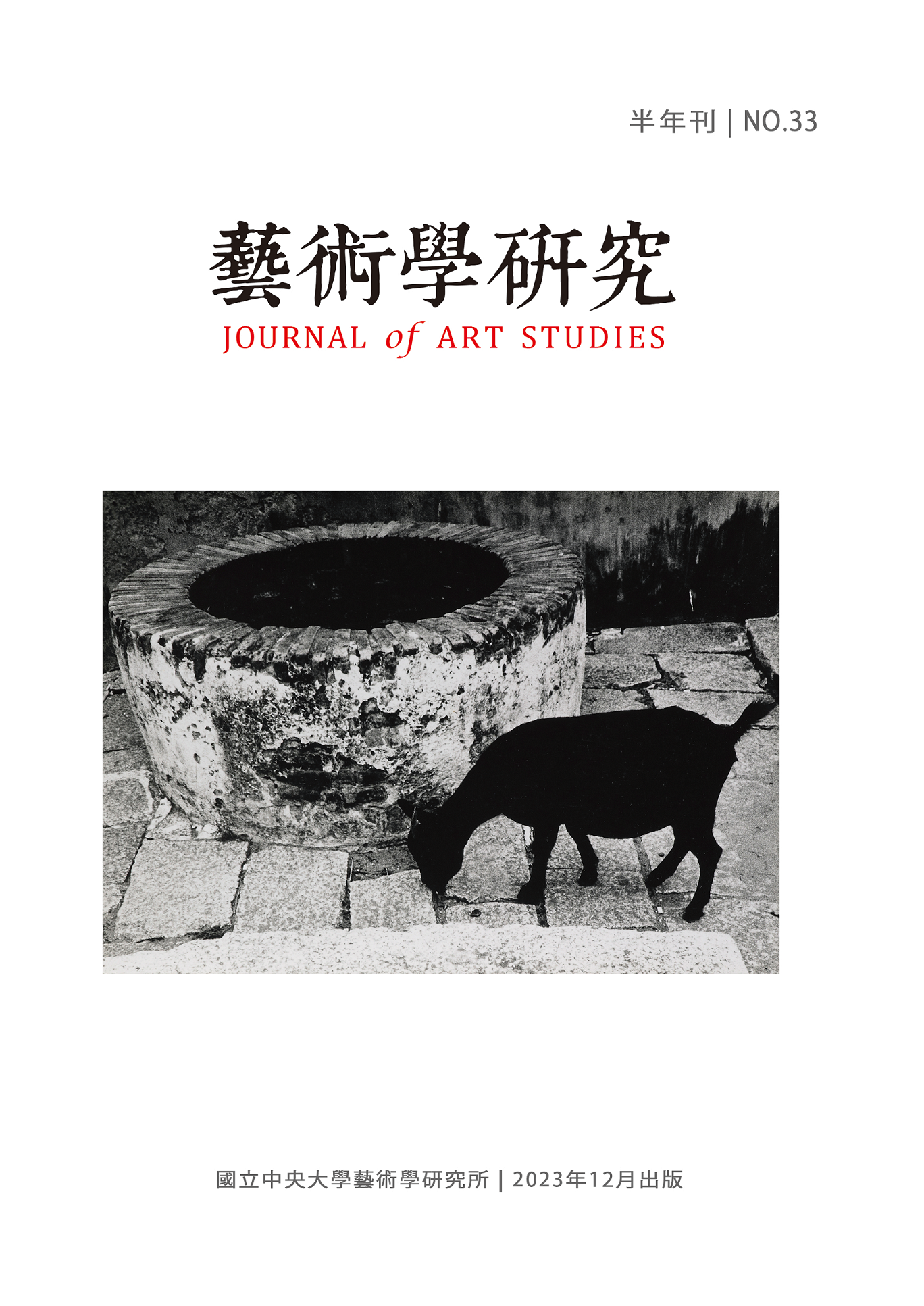高雄市立美術館自1994年開館以來成為南台灣藝文重鎮,近30年該機構論述變遷從區域地理的「台灣南方」,擴張到「全球南方」論述相關的「大南方South +」,從聚焦「南島」轉向「泛.南.島」。本文詢問在此不同階段「南方」論述實踐之中,從「南島」到「泛.南.島」這個路徑的轉變,是推動原民當代藝術的階段性策略,亦或是積極擁抱全球當代藝術潮流的傾向?「泛.南.島藝術祭」(2021)是加強原民當代藝術特質的「再南島」,或是相反方向的「再當代化」原民當代藝術?這樣的選擇是加強高美館在全球美術館的特殊位置,亦或削弱其特質?筆者認為高美館南方論述的轉向是針對不同時期機構所需進行調整,以及反映與回應外部大環境之現實條件。「泛.南.島」論述與「泛.南.島藝術祭」是解構、遠離南島語族的範疇,進而更自由地將澳洲、東北亞、東南亞、南亞等地納入,也就是透過某種程度的「去」南島而貼近「南方」、「海洋」、「島嶼」等概念,既是高美館自身機構的轉身,同時這個轉向也呼應當代藝術領域的「全球南方」論述與實踐。
Established in 1994, the Kaohsiung Museum of Fine Arts (KMFA) plays a vital role in the development of the art of southern Taiwan. In 2007, KMFA initiated a three-year project entitled “The Development of Austronesian Contemporary Art”. The term “Austronesian” as a marker of linguistic, ethnic and geographical identity was employed to include Taiwanese indigenous contemporary art and this approach became a distinctive strategy and orientation of KMFA. In 2016, the KMFA’s policy “South +” was launched to connect the idea of “Austronesian” to the notion of “Global South”. In 2021, the “Pan-Austronesian Arts Festival” exhibited the works of 23 artists from Asia and the Pacific region. Significantly, it sought to move away from the notion of “Austronesian” in favour of the more fluid and expansive concept of “Pan-Austro-Nesian” by foregrounding the idea of deterritorialization, diversity and oceanic interconnectedness.
This shift and realignment have given rise to number of pressing questions: How should we understand the KMFA’s re-orienation away from the idea of “Austronesian” in favour of the “Pan-Austro-Nesian”? Does this approach sufficiently engage with the specificity and complexity of Taiwanese indigenous contemporary art, or does it view such art as merely a part of the broader condition and development of global contemporary art? Does the “Pan-Austronesian Arts Festival” reaffirm the local significance and specificity of Taiwanese indigenous contemporary art, or does it merely embrace the current fashion of the global world of contemporary art? Is this choice a reflection of the desire of KMFA to be in a unique position within the global museum community, or does it represent a departure from its founding mission?
This paper argues that the turn to the South is a means by which the museum has responded and adapted to the external changing environment. Indeed, the concept of “Pan-Austro-Nesian” and “Pan-Austro-Nesian Art Festival” effectively unsettles the bounded territory of ‘Austronesia’ so as to include Australia, Northeast Asia, Southeast Asia, South Asia. In this way, the “Pan-Austro-Nesian Art Festival” may be understood as exhibition that resonates with the concepts of the “South”, “Oceania” and the “archipelago”. This shifting approach reflects not just the institutional imperatives and corporate re-orientation of KMFA, it is also symptomatic of its alignment and engagement with the discourse of “Global South” in the field of global contemporary art.


